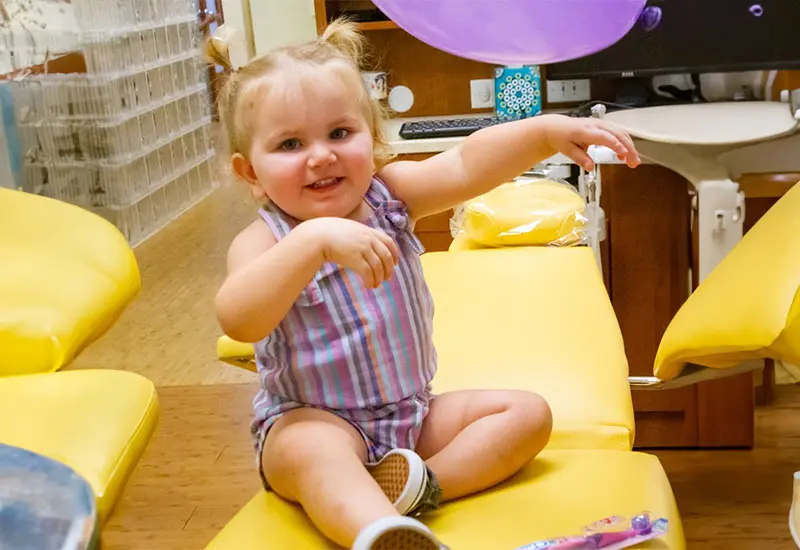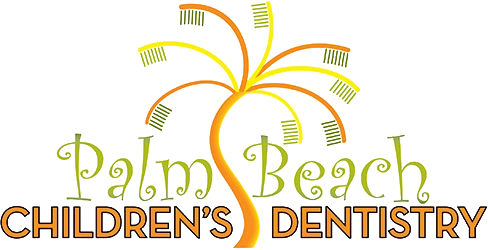
Sippy Cups
Use Only Water In Sippy Cups Or Increase Cavity Risk
Most parents are well aware of the importance of taking care of their children’s teeth, so it comes as a shock when they learn their toddlers have cavities during a checkup. Tooth decay among young children is on the rise—and many experts believe that sippy cups containing sugary beverages are responsible.
The Misuse of Sippy Cups
Because sippy cups prevent spills, they’re often used by children for long periods of time over months and years—rather than as a transitional drinking device, a purpose for which they were intended.
“Sippy cups were created to help children transition from a bottle to drinking from a regular cup, but they’re too often used for convenience,” says American Academy of Pediatric Dentistry (AAPD) President Philip H. Hunke, D.D.S., M.S.D. “When kids sip for extended periods on sugared beverages, they’re exposed to a higher risk of decay. Sippy cups should only contain water unless it’s mealtime.” In fact, a report from the Centers for Disease Control and Prevention (CDC) comparing the dental health of Americans in 1988-1994 and 1999-2002 found that while cavities decreased among older children, cavities in two- to five-year-olds actually increased 15.2 percent.
A Child’s First Visit
Hunke views the misuse of sippy cups as just the symptom of a larger issue—the fact that many parents wait too long before taking their children to the dentist for the first time. The AAPD recommends that a child’s first dental visit occur shortly after the first tooth erupts and no later than the child’s first birthday. But according to the 2005 National Survey of Children’s Health (NSHC), only 10 percent of 1-yearolds and 23.8 percent of 2-yearolds had been taken for a preventive dental care visit in the past year.
At the first visit, the pediatric dentist provides information about proper sippy cup use as part of the presentation of a complete program of preventive home care. The dentist also checks the child’s teeth to make sure they’re developing properly.
“Studies show that children with poor oral health perform worse in school and have less success later in life,” says Hunke. “Establishing the right oral care habits early helps get kids headed on the path to a lifetime of good oral health.”
For more information, contact Public Relations Manager Erika H. Skorupskas at (312) 337-2169 (ext. 27) or erika@aapd.org.
AAPD Sippy Cup Tips
To help parents reduce the risk of cavities in children, the American Academy of Pediatric Dentistry offers parents the following guidelines on using sippy cups properly:
The sippy cup is a training tool to help children transition from a bottle to a cup. It shouldn’t be used for a long period of time – it’s not a bottle and it’s not a pacifier.
Unless being used at mealtime, the sippy cup should only be filled with water. Frequent drinking of any other liquid, even if diluted, from a bottle or no-spill training cup should be avoided.
Sippy cups should not be used at naptime or bedtime unless they only have water in them.
